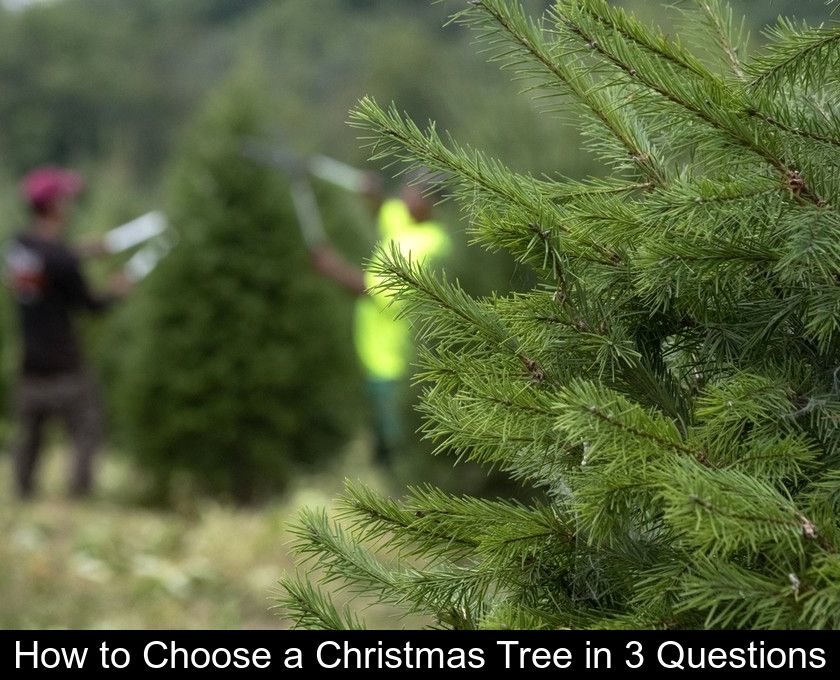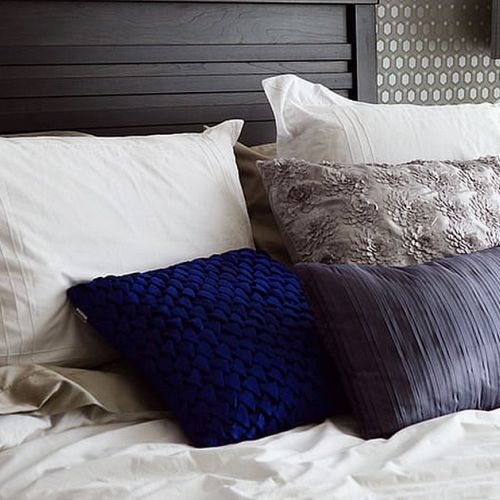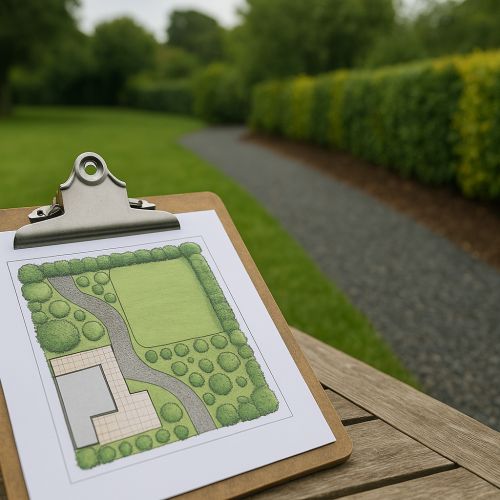How To Choose A Christmas Tree In 3 Questions
Every year, several million Christmas trees are sold in France, with one million being artificial trees. Between the different models of artificial trees and the various species of trees, the choice is often difficult... Here are some practical tips to help you choose a Christmas tree.
Is it better to choose an artificial or a natural Christmas tree?
Even if you find it unfortunate to cut down Christmas trees, be aware that natural trees are actually much more eco-friendly than their plastic imitations.
Christmas trees for sale are indeed trees specifically planted for the occasion. During their growth, natural firs help reduce the greenhouse effect and, after the holidays, they are completely biodegradable.
In contrast, an artificial Christmas tree is made of plastic, a material that pollutes both during its production and disposal. Moreover, even though a plastic tree can be reused, it is not truly sustainable and is typically replaced every 3 or 4 years.
Good to know
To improve the environmental impact of your purchase, you can also opt for a tree with a certification such as:
- the Plante Bleue certification, which brings together horticulturists and nurserymen committed to environmentally respectful production practices.
- the MPS label, which assesses the environmental impact of productions.
- the Max Havelaar label, which ensures respect for workers' rights and sustainable farming practices.
- the Organic Agriculture or AB label reserved for organic trees grown without any chemical fertilizers
- the Red Label "cut Christmas tree" which guarantees a superior quality conifer in terms of aesthetics and freshness, as the tree is not cut before the end of November.
Which variety of fir to choose?
If you are a fan of natural Christmas trees, several varieties are available to you, mainly the Nordmann fir and the spruce.
The most sold Christmas tree is the Nordmann (60% of sales) because it has the advantage of lasting two months without losing its needles. This variety, which is bushier and generally darker than the spruce, is more expensive.
The spruce, recognizable by its thin branches and sharp needles, is appreciated for its scent but has the disadvantage of quickly losing its needles.
There are also other less common and more expensive varieties, such as the Nobilis or the Pungens.
How to preserve a Christmas tree?
Natural Christmas trees can be sold cut (with their base attached to a stand), with a root ball (packaged with their roots and soil), or in a pot. In the latter two cases, it is possible to replant them in your garden after Christmas.
In any case, if you want to keep your tree fresh for a long time, do not place it near a heat source such as a radiator or fireplace. If you buy it in advance, keep it outside on your terrace or in the garden. It will be less exposed to heat and will lose fewer needles.
If you have chosen a potted tree or one with a root ball, remember to water it. The soil should always remain slightly moist. This way, your tree will stay green and can be replanted. When it grows large, you can even decorate it directly outdoors.






